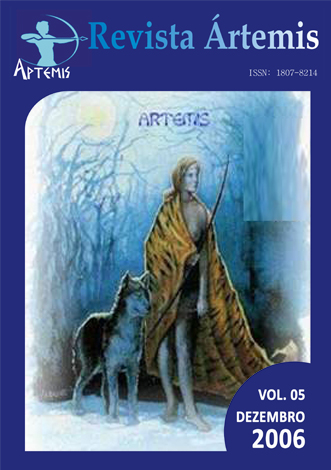FRAGMENTED IDENTITIES IN CIRCLES OF FEARS AND DESIRES
Resumo
What has always been considered indivisible, the individual, is, above all, fragmented. That fragmentation is celebrated through the figure of the vampire in the literary narratives of the XIX and XX centuries, hence the multiple identities of that tormented shadow. This tormented manner of being is the foundation of the permanent state of war typical of the constant tension between the way a person is and the way he/she would wish to be. The figure of the vampire subverts what Michel Maffesoli calls “the phanton of the self”, common in the Western tradition. To the French philosopher the dogmatic reason not only can but also needs to impose a unity. Feelings and affections, in their turn, drive us into a turbulence, a discomfort of multiplicity. Thus, the genealogy of the rebelious spirit presents us with a revolt against the conceptions of the individual as static. It is exactly the fact of being multiple in himself/herself that brings the individual to the lack of recognition of himself/herself in the social rigidity. Establishing a dialogue with Maffesoli’s theory, I shall analise Bram Stokers novel DRACULA (1887) and Heloísa Seixas’ short story “Íblis” (1995). These narratives converge as they both reveal the sombre side of our nature which, though it can be domesticated by culture, it continues to enliven our desires, our fears, our feelings. Freud, Kristeva and Foucault will help in the development of the ideas of the uncanny, abjection, identity, and sexuality.Downloads
Não há dados estatísticos.
Downloads
Publicado
2006-12-20
Como Citar
MONTEIRO, M. C. FRAGMENTED IDENTITIES IN CIRCLES OF FEARS AND DESIRES. Revista Ártemis, [S. l.], n. 5, 2006. Disponível em: https://periodicos.ufpb.br/ojs/index.php/artemis/article/view/2160. Acesso em: 23 abr. 2025.
Edição
Seção
Artigos







